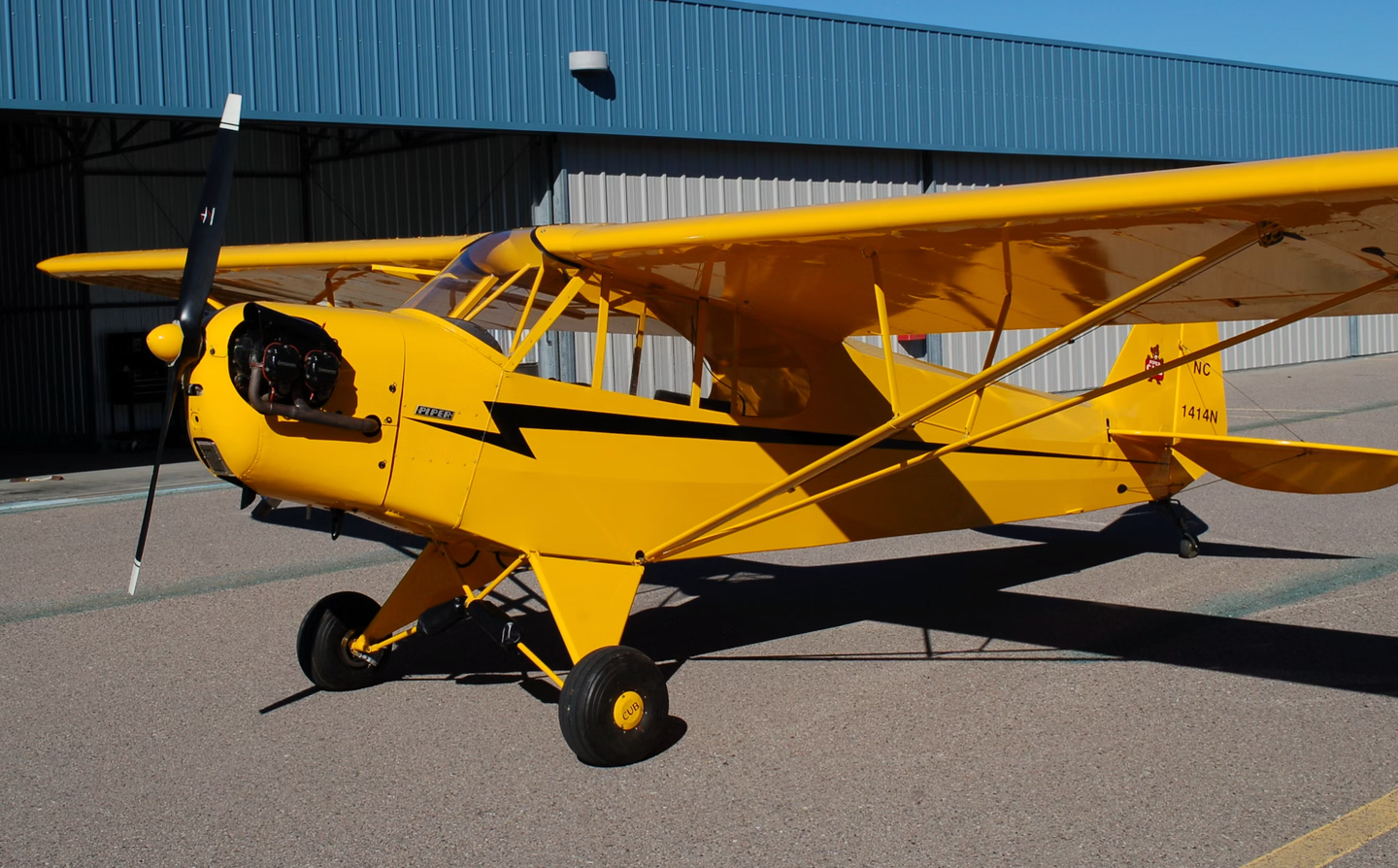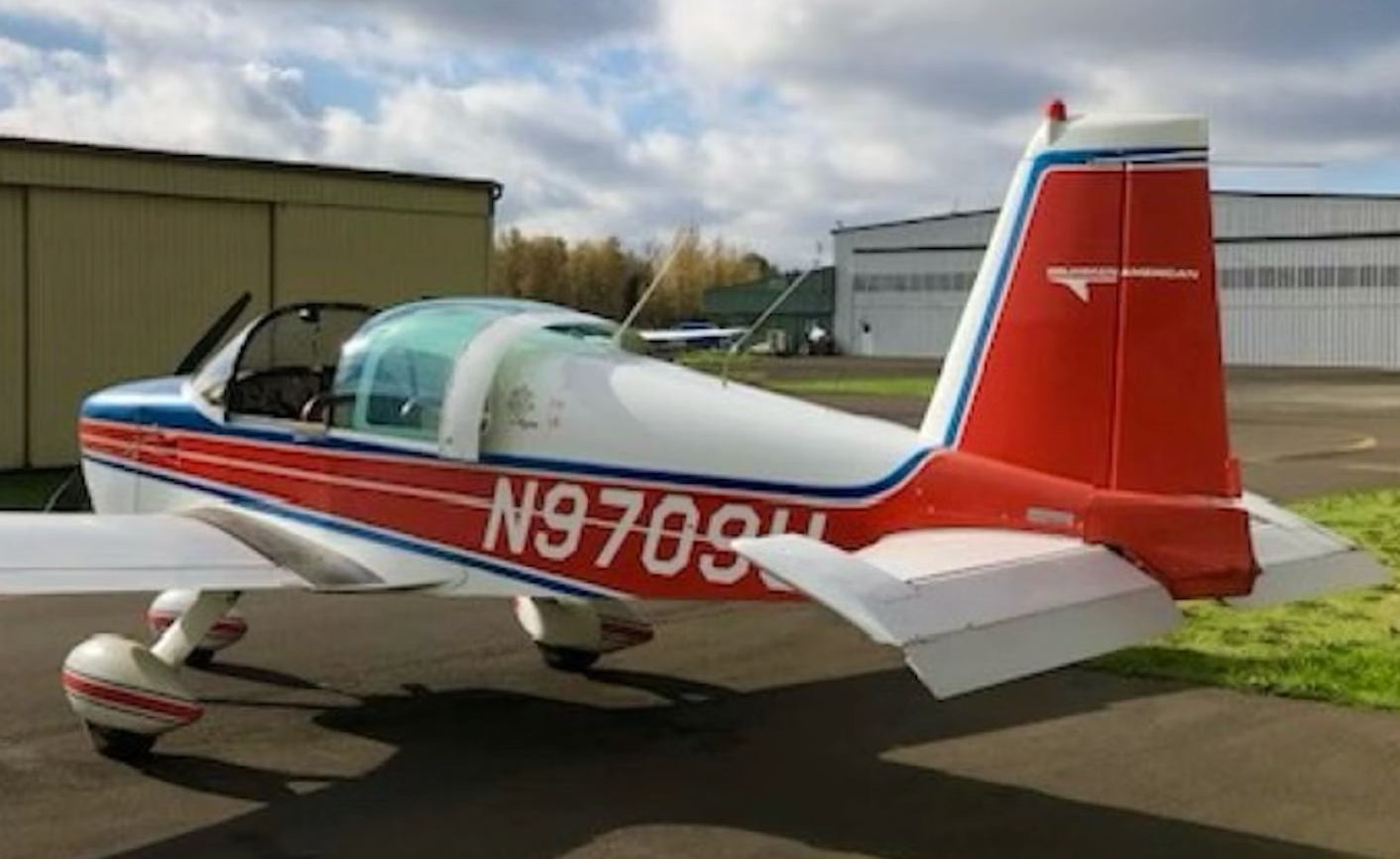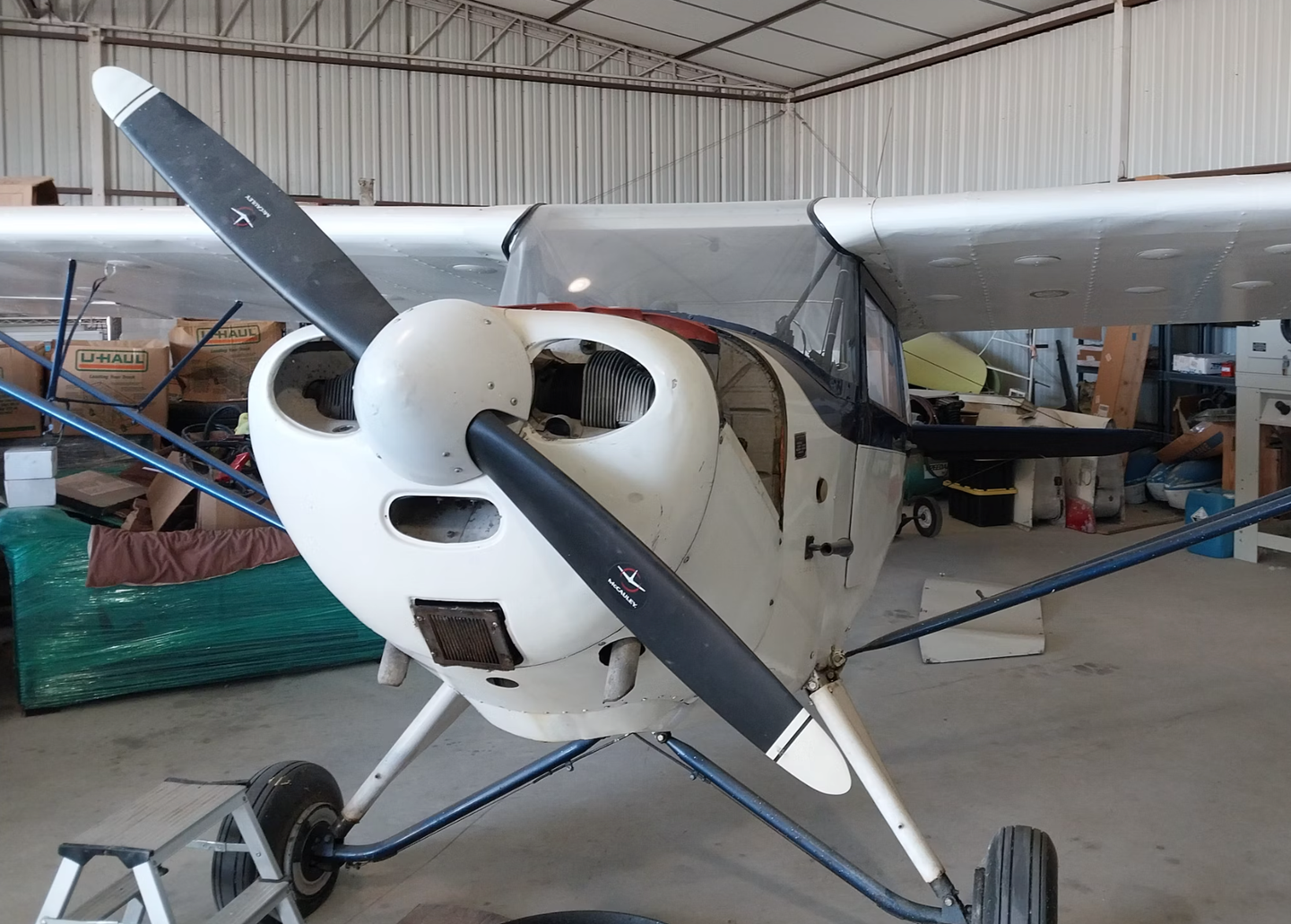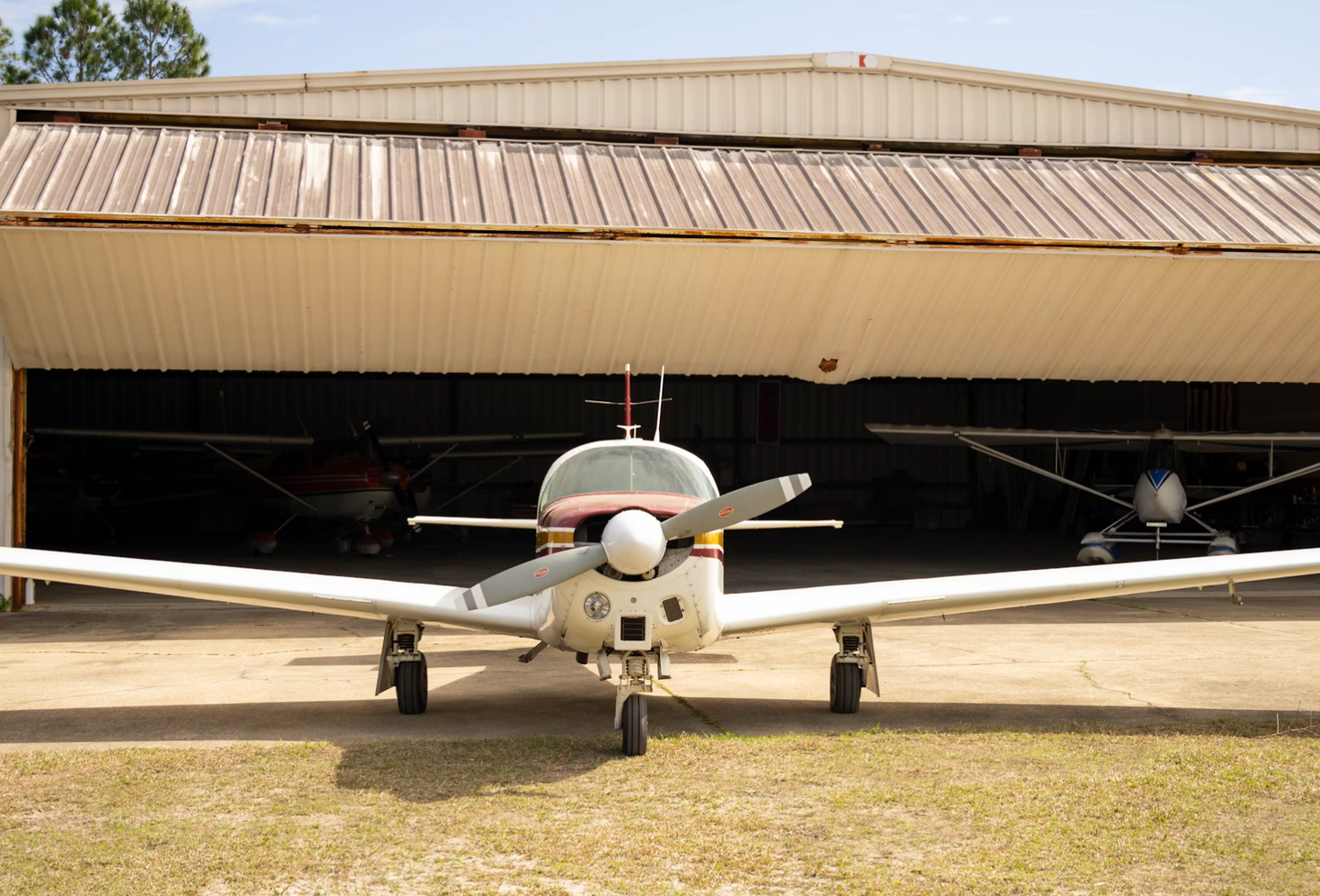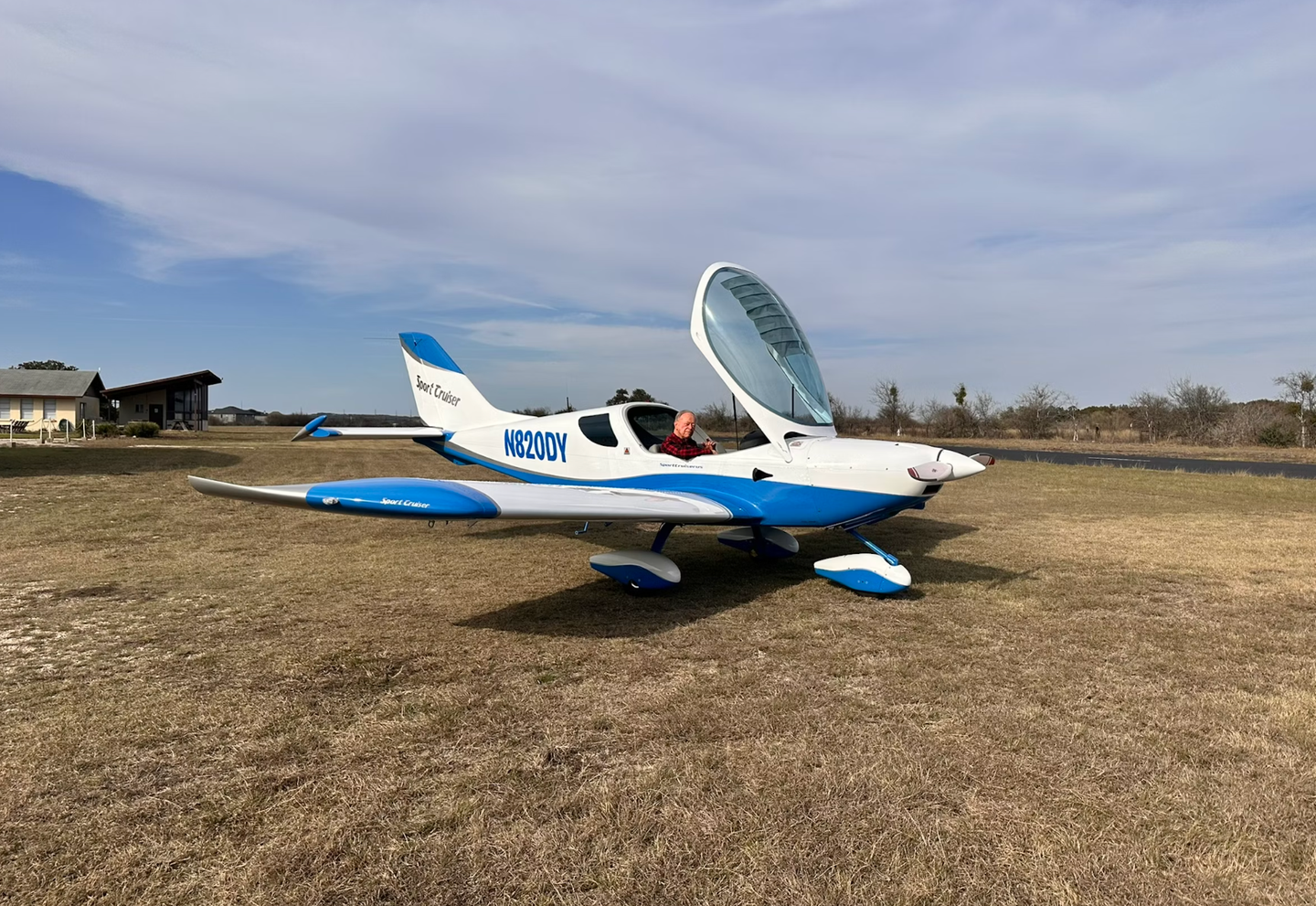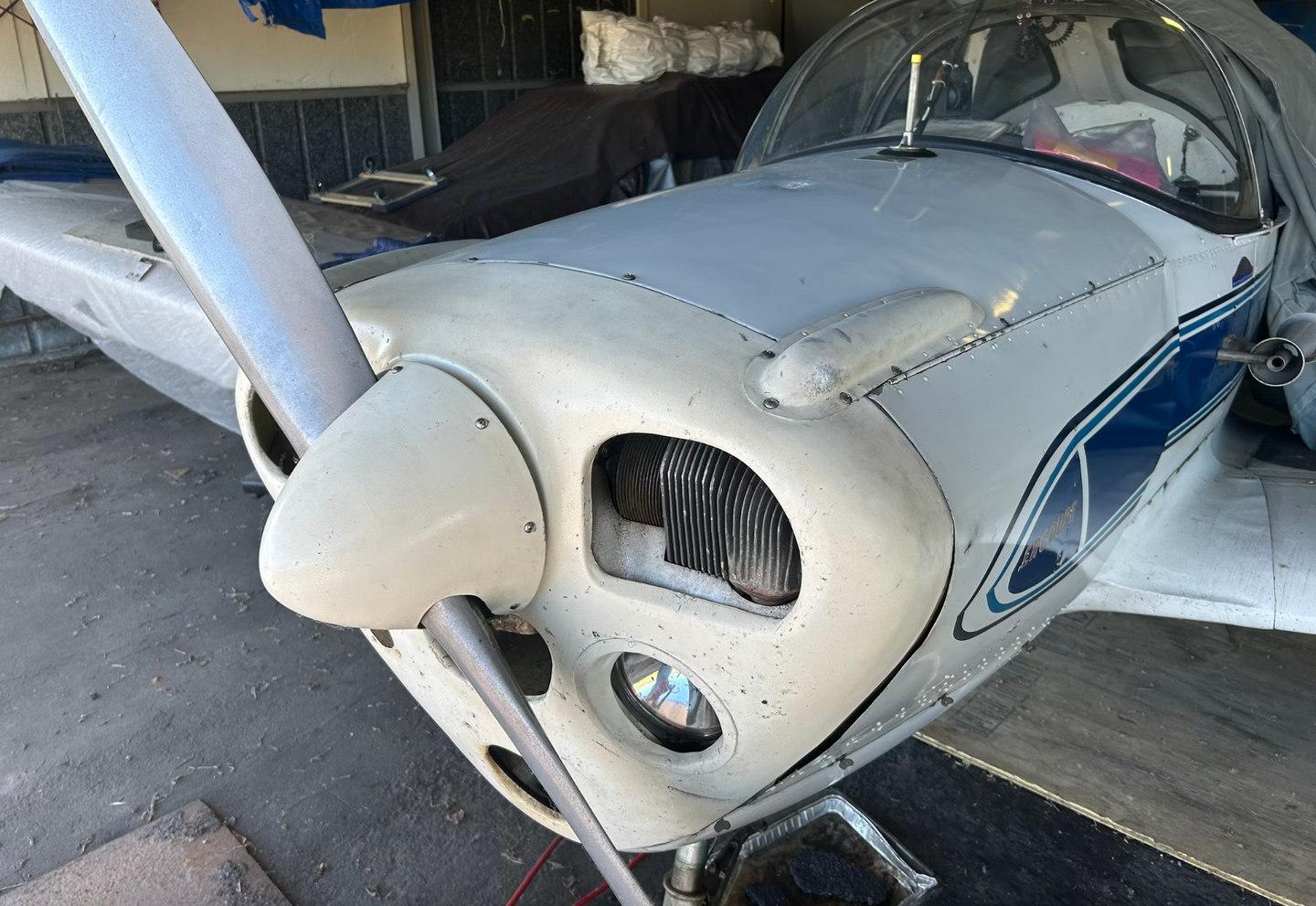Light Sport Aircraft or MOSAIC LSA?
It will be interesting to see how pilots respond
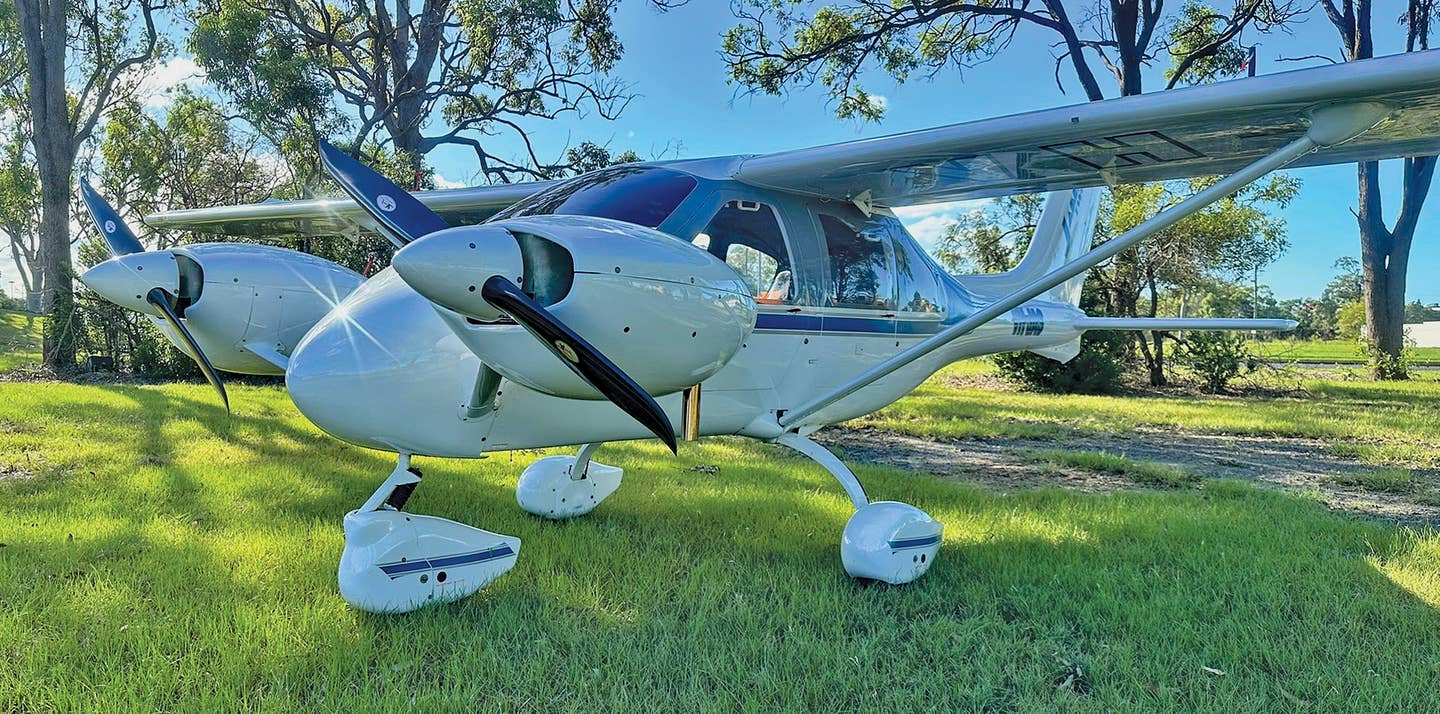
Photo: Jabiru Aircraft
what happens later this year when the FAA’s MOSAIC regulation is finally released upon the pilot population? What will aircraft manufacturers do when the regulation arrives? How will pilots respond?
No one has a crystal ball. But years of following this development gives me some ideas about what to expect. Views expressed here reflect my personal focus, and I readily admit to a bias in favor of aircraft that pilots can afford—that was part of the intention under LSA and should be under MOSAIC.
Today, approximately 80,000 light sport aircraft are flying. This is a global figure because ASTM standards are used in many countries to approve similar flying machines. However, the U.S. market is far and away the largest.
Given America’s aviation market dominance, what’s going to happen when MOSAIC enters the picture? Will all the current-day LSAs wither away? Will MOSAIC LSA gradually take over the light end of aviation? Will suppliers be domestic or international?
FAA: ‘Filling the Gap’
From the start of this project, the FAA has said it hoped to “fill the gap” between the 1,320-pound land LSA and the closest legacy GA aircraft. To many pilots that means a Cessna 172 Skyhawk or larger, implying at least 2,400 pounds of gross weight with four seats and moderate performance. Light sports are limited to two seats and 120 knots of cruise, though in other ways their performance is better (climb and range), and they are generally larger, at least in cabin width (most are several inches broader than a 172).
Those advantages grow considerably with MOSAIC. We’ll have essentially no speed limit. The FAA proposed 250 knots, and I know of no designs in the LSA/MOSAIC space that can cruise at such a velocity. At least not yet. Since more than a single engine/motor will be allowed, it might take a long time for faster designs to emerge, but there will be a path for them.
Clean stall speed will rise from 45 knots to 54 knots or more. Clean stall provides a simple yet effective size limit to MOSAIC LSA, but they can still easily reach 3,000 pounds or so. Based on many comments, I expect the FAA will bump stall to around 58 knots, perhaps even more. This will encompass more legacy GA aircraft.
A MOSAIC LSA can have four seats, but a sport pilot flying such an aircraft may only carry one passenger. However, some will be much roomier than their legacy counterparts.
Given the much greater capabilities of the new MOSAIC LSA, why would anyone still be interested in light sport aircraft as we know them today? Here’s my one word answer: affordability.
What Will You Buy?
Many pilots have champagne tastes but beer budgets. All the MOSAIC features and capabilities will be great, and those with fat enough wallets will snap them up. Those of us wanting to keep a lid on the purchase price may decide the LSA of today suits our needs well. These have had years to amortize some of their development costs and should carry the lowest price tags—though inflation has been high for several years, so prices can’t be as they were a decade ago.
Nonetheless, greater speed, more engines, more seats, retractable gear, adjustable props, and other rule adjustments will be powerfully alluring. Many pilots will closely examine the new entries. Some will purchase a new MOSAIC LSA.
Alternatively, many owners of legacy GA aircraft that meet the rule will rejoice that their flying machine—or one they buy used—may be operated using only a sport pilot certificate, which eliminates the need to visit an aviation medical examiner (AME) or other doctor. Your driver’s license is sufficient, and this has proven enormously popular.
Here’s one more option. Many manufacturers of LSAs have already tested their models to higher gross weights than allowed under the current rules. Producers of a good number of LSAs simply issued documents limiting their models to the 1,320-pound land planes or 1,430-pound seaplanes. Some of these aircraft can easily carry 100-300 pounds more. A manufacturer needs only build documentation proving the structure, allowing it to issue new airworthiness documents stating higher gross weights. Pilots will love this, I predict, even if the company charges a fee for new paperwork.
Of course, current LSAs have the engines, props, and gear originally installed. At a higher gross weight, such aircraft will lose some performance (takeoff roll and cruise speed), but truly determined owners could request an engine swap from the manufacturer or reregister as an experimental LSA (ELSA) and make any changes they want so long as they don’t exceed the tested limits.
A favorite line I use is borrowed from fast car lovers. Those who operate custom speed shops often ask, “Speed costs money. How fast do you want to go?” MOSAIC LSA will carry higher price tags, so how much capability do you want?
Room for All
However MOSAIC looks when it finally emerges, aviators are only months away from gaining exciting options. Aircraft designers and producers—having good awareness of what will be permitted—have been working hard for years. Some will bring brand-new designs to market. Others will issue new airworthiness documents, adding capability. Later we might expect electric or hybrid powerplants. Rotary-wing enthusiasts will have new choices. If you want a powered-lift aircraft, those may also be included.
MOSAIC will bring higher price points, but the range of offerings should be quite broad. If you genuinely want to acquire a new or new-to-you aircraft, MOSAIC may be one of the most useful regulations we’ve seen in decades. Buckle in and power up.
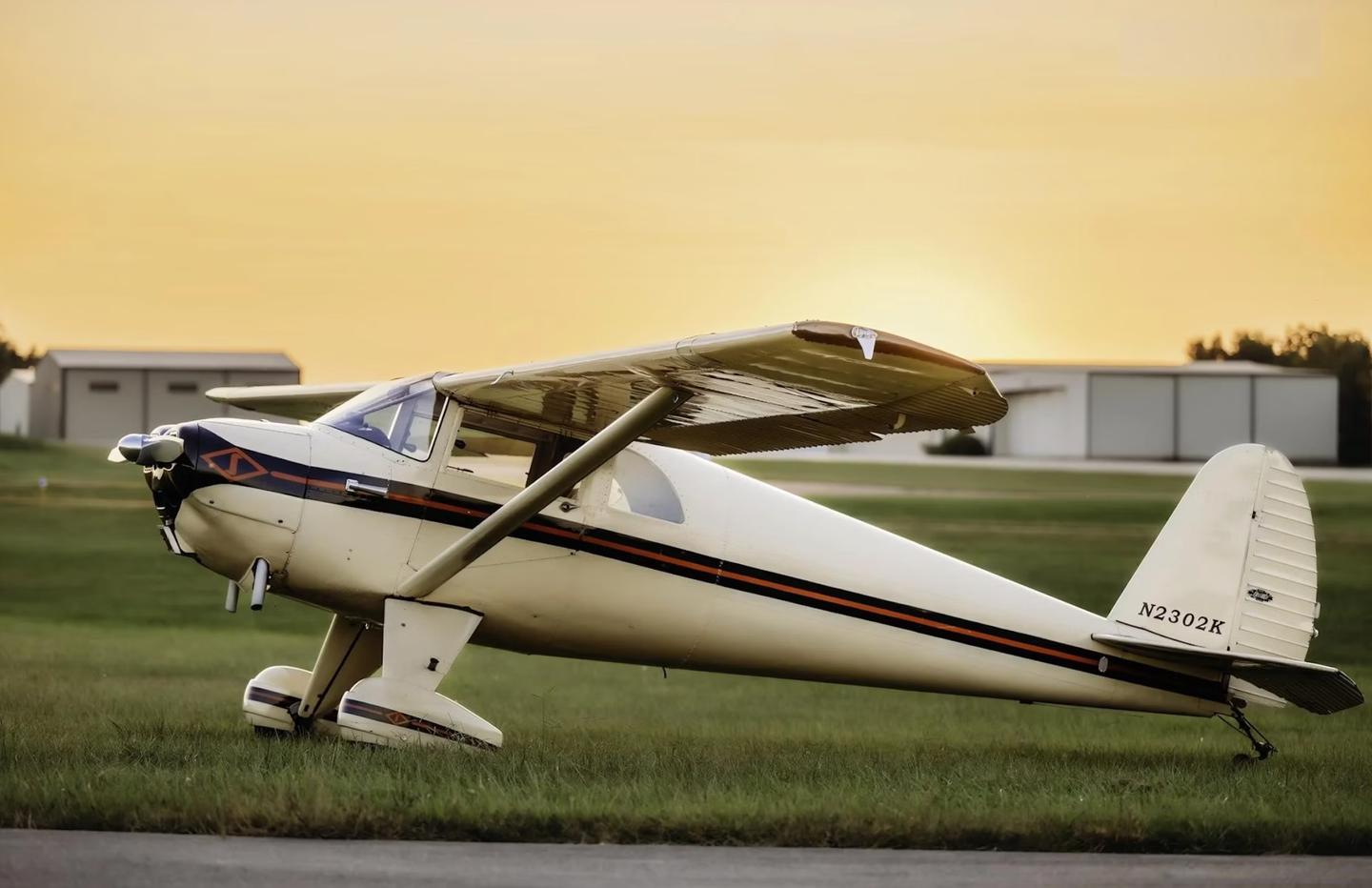
Subscribe to Our Newsletter
Get the latest Plane & Pilot Magazine stories delivered directly to your inbox

